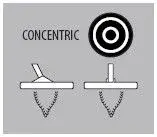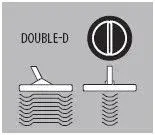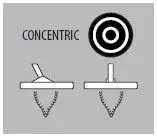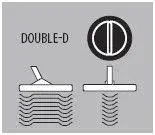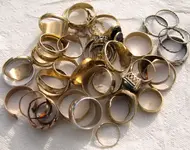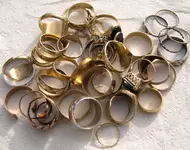bwirth1999
Jr. Member
- Joined
- Jun 23, 2007
- Messages
- 98
- Reaction score
- 8
- Golden Thread
- 0
- Location
- Belvidere, IL
- Detector(s) used
- XP Deus
- Primary Interest:
- All Treasure Hunting
- #1
Thread Owner
I am curious as to what numbers your detectors are putting up for gold rings.. mine is showing mid to high 40's out of 99... This seems on the low side to me, but maybe I am just looking at it wrong...




